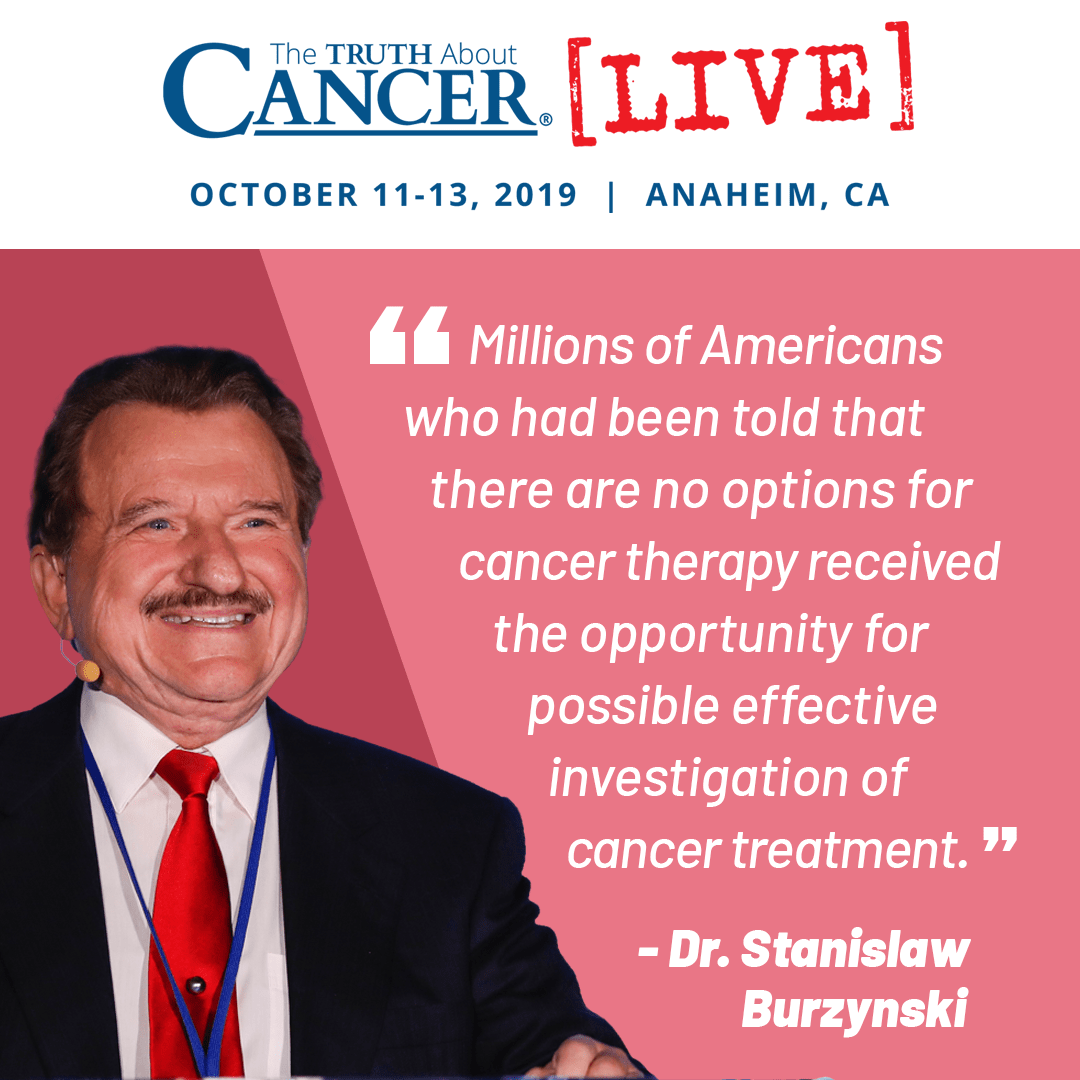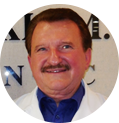Video Transcript – The Right to Try Act Is Saving Lives (Part 1)
Cancer became political issue during President Richard Nixon administration. In 1971, President Richard Nixon launched the war on cancer by signing National Cancer Act. Well, then, if you promise Americans free food, no money will be withdrawn to fight cancer. And by 200 anniversary of United States, we’ll have cancer cured. Well, most of the people will agree that this war on cancer was like medical Vietnam. But, I prove to you that not necessarily. This war on cancer was helpful. Well, for a number of years after that, there was nothing important happening regarding political initiative. However, in 2016, President Barack Obama initiated the White House Cancer Moonshot. So far, it did not materialize. Then, finally, last year, President Donald Trump signed into law the Right to Try Act and this year, he admitted that we are going to cure cancer. I think if you say in the government you might be able to do it.
Well, President Nixon war on cancer helped him greatly and this was very good timing in my arrival to the United States. In 1970, I immigrated to the United States and brought with me the samples of peptides, which I discovered in blood of healthy people and, which were missing in cancer patients. One of the prominent doctors, Dr. Julian Whitaker, compared this discovery to like suddenly somebody would say, “Well, I discovered 39 new islands in the South Pacific.” Well, that’s what happened when I came to U.S. in 1970. I brought with me the samples of peptides and $20 to make the living. Well, it may not be much, but I found myself in Bronx, New York. If you have some New Yorkers in the audience, they would admit that it’s better to not have a lot of money in Bronx, New York because you may not live long.
Next Friday will be anniversary, well, 49 anniversary of my coming to Houston, where I received job at Baylor College of Medicine. My main agenda was how to survive and how to speak English because I didn’t have English at school, so you have forgive me my English. But, I hope you can understand.
Well, three months later, I was listening to the President Nixon declaration the war on cancer. I was 27 years old. What I felt was, “Why not?” I tried. I put together grant application. I was very surprised that this was approved and that was a warranted principal investigator for the project to started the peptides I discovered to see if they can fight cancer. I was supervising distinguished team of researchers, both at Baylor College of Medicine and MD Anderson Treatment Center in Houston. I was humbled by this because some of these people were world-renowned researchers and they were about the age of my father. But, any way, we had a great cooperation.
Another thing happened. Well, across the corridor from my laboratory at Baylor, there was a laboratory of two Nobel prize winners. They left Baylor, but, behind them, there was equipment, which was gathering dust in the workhouse. Well, I found I can use equipment. I got this equipment. It helped me greatly to move forward with my work.
So, you can be surprised, but, ultimately, this was in Anaheim, California. In 1976, when I presented my research to a great audience. 19,000 doctors and researchers attended this meeting. This was the annual meeting of the American Society for Experimental Biology. And I made a presentation on peptides, which I named antineoplastons or ANP, which can kill cancer cells without damaging normal cells. This is something everybody was waiting for. Well, here you have natural substances in human body and they can kill cancer cells without killing normal cells. Well, the name of the game, at that time, was chemotherapy, which was killing both cancer cells and normal cells. My presentation was picked up out of 4,000 presentations as very important by Associated Press and they spread the news all over the world.
Well, I was basking with glory at that time for some of like eight months. I received awards and there were articles all over the world about such discovery. And I moved forward very rapidly. I already had animal testing, which proved that these are non-toxic substances. So, we proceeded with the treatment of first patient by the end of 1976 and we had first cured patients with very bad cancers the next year.
So, ultimately, the President Nixon promise to cure cancer was fulfilled to some extent. For $55,000, which was given to our research versus $1.6 billion, which was given for the war on cancer. I think we saved a lot of money for the government at that time. Thank you.
Well, I was expecting at such time of glory will not last long because I read what happened to the other medical researchers. I knew that after this short period of enthusiasm, there’d be long period of struggle. Everybody will attack the inventor, if you’re talking about substantial discovery, and then you have a chance to live only if you survive your critics. So, that’s why I thought I better embark on the research on aging so that I can live longer to fulfill this project that’s related, in addition to work on cancer.
So, what happened next was a long period of time of harassment, persecution, and attempts to put us out of business and even to put me to prison for life. Well, Greeks called this period [inaudible], which means at times of trouble. Basically, it was 40 years of war, quote, unquote, which was like 40 years of going to the Promised Land and finally at this moment, I see we can see the glimpse of the Promised Land. And even though the gate to this Promised Land, which is Anaheim, California, where I am presented this research to you.
Well, I was attacked by numerous fellow and state agencies, which were pushed by pharmaceutical companies, by large medical institutions. But, finally, we survived all of these struggles and now, we’re enjoying peace and we are moving forward. The access to treatment, which was discovered, was made very difficult. It was limit to clinical trials, which are very strict criteria, and only some patients would be admitted. Well, finally, the war on cancer opened the gate and it permitted the patients with terminal cancer to have access to the treatment with antineoplastons. And that’s what we used right away.
Well, this was on May 22nd last year when Congress passed Right to Try law, which was signed by President Donald Trump. Millions of Americans who had been told that there are no options for cancer therapy received the opportunity for possible effective investigation of cancer treatment. This was up to the doctors to decide if such treatment can be given, instead of filing numerous papers to the government and begging for permission so that patients can be treated, spending sometimes even six months to hear the answer. During this time, these patients usually were dead. But, the Right to Try have great [inaudible]. But, it wasn’t really initial action of President Trump. This was the action of American people. By the time there was a federal law to try, in most of the states, there were state laws, the Right to Try. And this was the action of people across America to approve such laws at the state level.
In Texas, the Right to Try became effective in 2016, 2015, and permitted to treat patients with investigational treatment like antineoplastons. Simply, these patients need to be terminal patients. The other patients were not permitted to take such treatment. Terminal patients, according to Texas law, are those who have estimated survival for six months or less. So, I used this law and we were able to save numerous lives, but before we discussed the results, I would like to summarize what is really causing cancer.
Cancer is caused by numerous mutated genes. In every cancer, there are from 40 to 650 mutated genes and these genes can be subdivided in two main categories. In cancer, this increased activity of oncogenes, which promote cancer, and those decreased activity of tumor-suppressor genes, which fight cancer. And this is the equation for successful cancer growth. Logically, if you’d like to beat cancer, you need to go reverse: downgrade oncogenes, upgrade tumor-suppressor genes. And cancer may go away.



















When will part 2 be available. Eager to see!!!
For those interested in the troubles faced by Dr. Burzynski, there is a great book, “The Burzynski Breakthrough” by Thomas Elias, published in 1997. This book needs a revival! Full of courtroom quotations and survival stories, it is fact-based and stands in stark contrast to the shameless smear campaign directed at Dr. B for the last several decades.
Our son passed due to a brain cancer called “DIPG.” Dr. B’s treatment helped him outlive his “official” prognosis (if he had taken “standard care”) by a factor of 2. Had doctors uncovered our son’s illness in a more timely fashion, and had the FDA not meddled in our son’s clinical trial, his results might have been much better. There is at least a fair chance he would even be alive today.
We can never thank Dr. Burzynski enough for the work he has done against the steepest of odds. His perseverance in the face of adversity marks him as a great and distinguished hero for Truth! There is so little of that these days…
Thank you Stan.
Love and God Bless,
Dean & Wendy
We are so very sorry to hear about the loss of son, Dean. We are so thankful for the work that Dr. Burzynski has done. The fact that a smear campaign was launched against Dr. Burzynski is proof that people are taking notice and listening. Thank you so much for sharing your story with us. God bless.
Can peptides/antineoplastons be used to good effect for ALS or Lou Gehrig’s Disease?